Local scientists are asking residents to report any sightings of a fungus attacking Guam’s trees to help predict and possibly fight infections in the future.
The brown root-rot fungus, scientifically known as Phellinus noxius, has been occasionally identified in Guam’s urban trees since the 1990s.
However, it wasn’t until 2013, when it started appearing in Guam’s limestone forest trees, that the University of Guam and the U.S. Forestry service became concerned about its presence.
The primary sign of infection is the display of a blackish fungal crust, which progresses up the trunk and resembles a dark brown or black “sock.”
Depending on the weather, the advancing top margin of this crust or top of the “sock,” may be bright white. The “sock” tends to become crusty with soil and other debris.
Decline of infected trees can take several years or can be rapid with death occurring within a single year.
The fungus is known to infect over 200 species of tree, but appears to prefer members of the Apocynaceae family, including famous members on Guam such as plumeria, asclepias (milkweed), meiogyne (formerly Guammia), and Ochrosia mariannensis (langiti).
“In countries where P. noxius occurs, infections typically occur in either agroforestry or natural forest settings but seldomly are seen in both,” said Robert Schlub, a plant pathologist within UOG’s cooperative extension unit.
By increasing the awareness of brown rot-root by Guam’s citizenry, Schlub hopes that the public will notify his research team of new infection sites.
These discoveries will lead to a greater understanding of how this fungus has spread from island to island and which areas of the world are more at risk to future introductions.
In a collaborative study with the University of Guam, Colorado State University, U.S. Forest Service, and other researchers, 147 P. noxius isolates from the Asia Pacific region were analyzed. Three genetically distinct lineages were identified.
Nearly all the isolates from Guam, Australia, Palau, Saipan, Yap, Pohnpei, and Kosrae were contained in a single lineage. It has now been determined that Guam’s brown rot-root is most likely of ancient origin and moved from from Malaysia.
Analyses of soil collected in one of Guam’s limestone forest areas this past summer are being conducted by researchers at Colorado State University and the U.S. Forest Service Rocky Mountain Research Station.
The results may shed light on whether P. noxius can be detected in Guam’s soil and whether this information can be used to predict future tree infections on Guam and elsewhere in the Asia Pacific region.

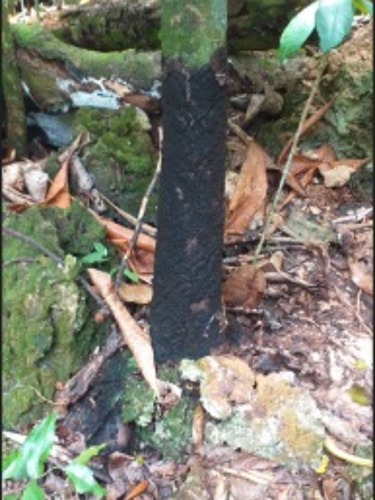
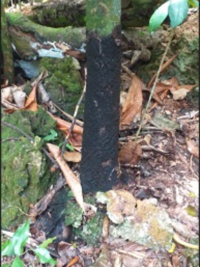



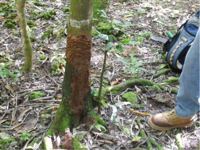

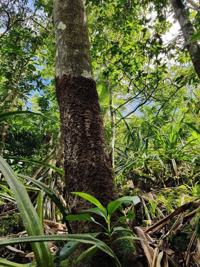

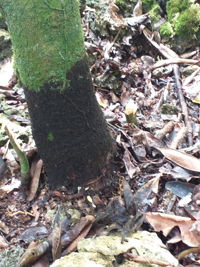

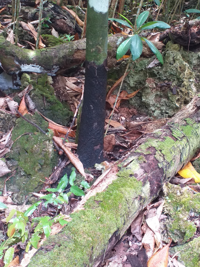

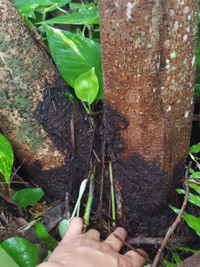










(0) comments
Welcome to the discussion.
Log In
Keep it Clean. Please avoid obscene, vulgar, lewd, racist or sexually-oriented language.
PLEASE TURN OFF YOUR CAPS LOCK.
Don't Threaten. Threats of harming another person will not be tolerated.
Be Truthful. Don't knowingly lie about anyone or anything.
Be Nice. No racism, sexism or any sort of -ism that is degrading to another person.
Be Proactive. Use the 'Report' link on each comment to let us know of abusive posts.
Share with Us. We'd love to hear eyewitness accounts, the history behind an article.